Iranian pistachios have garnered international acclaim for their superior quality, distinct taste, and numerous health benefits. With a rich history dating back thousands of years, Iran has emerged as the largest producer and exporter of pistachios in the world. This article aims to delve into the story behind Iranian pistachios, explore their nutritional value, highlight their global market presence, and shed light on the various ways these delectable nuts are consumed. 1. Iranian Pistachio Production: Iran’s ideal climate, characterized by long hot summers and dry winters, provides the perfect conditions for growing pistachios. The country’s unique combination of soil composition, temperature, and rainfall serves as a natural advantage for the cultivation of high-quality pistachios. Today, Iran accounts for nearly 50% of global pistachio production, with the Kerman region being the epicenter of this industry. Farmers employ traditional cultivation methods combined with modern practices to ensure optimal growth and yield. 2. Varieties of Iranian Pistachios: Iran is home to several varieties of pistachios, each with its own distinct characteristics. The most prominent varieties include Kerman, Akbari, Ahmad Aghaei, and Fandoghi. The Kerman variety, also known as the “Queen of Pistachios,” is renowned for its large size, vibrant green color, and exceptional taste. Akbari pistachios, distinguished by their elongated shape and buttery flavor, have gained significant popularity in recent years. Ahmad Aghaei and Fandoghi varieties, known for their versatility and rich flavors, are often used for culinary purposes. 3. Nutritional Benefits and Health Claims: Iranian pistachios offer an array of nutritional benefits. They are rich in antioxidants, fiber, healthy fats, vitamins, and minerals. Consuming pistachios has been linked to various health benefits, including improved heart health, reduced cholesterol levels, better digestion, and enhanced brain function. These nutrient-packed nuts are also an excellent source of plant-based protein, making them a suitable alternative for vegetarians and vegans. 4. Global Market Presence: Iranian pistachios hold a dominant position in the global market. The reputation of Iranian pistachios for their superior quality and taste has propelled them to be sought after by consumers worldwide.
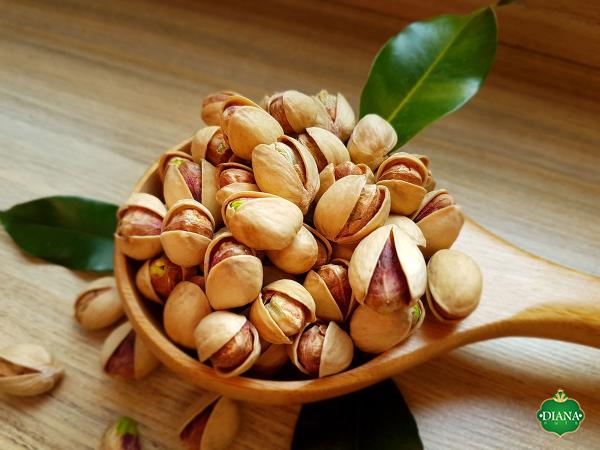
nut
 Iranian exports cater to a diverse range of markets, with Europe, Asia, and the United States being major consumers. The United Arab Emirates (UAE), Germany, and China are among the top importers of Iranian pistachios. Iran’s pistachio trade not only brings economic benefits to the country but also promotes cultural exchange and strengthens diplomatic ties with recipient nations. 5. Culinary Uses and Popular Products: Iranian pistachios are not only enjoyed as a standalone snack but are also extensively used in various culinary creations around the world. They bring a delightful crunch and a unique flavor profile to both sweet and savory dishes. Pistachios are used in the production of ice creams, chocolates, bakery items, confections, and other desserts due to their irresistible taste and vibrant appearance. Additionally, they are incorporated into salads, rice dishes, and as a topping for yogurt and other Middle Eastern delicacies. 6. Rising Demand and Future Prospects: The global demand for pistachios, including Iranian pistachios, has been steadily increasing. This rise in demand can be attributed to the growing awareness of the health benefits associated with consuming nuts, the popularity of plant-based diets, and the increasing interest in gourmet and organic food products. With its competitive prices, superior quality, and extensive variety, Iran is well-positioned to capture a significant share of the global pistachio market. Conclusion: Iranian pistachios are more than just a delicious snack—they embody a rich cultural heritage, offer exceptional nutritional benefits, and present a myriad of culinary possibilities. As Iran continues to lead the world in pistachio production and export, the global market for these premium nuts is set to grow. Whether enjoyed as a standalone treat or integrated into various culinary creations, Iranian pistachios are a culinary delight that continues to captivate taste buds and make their mark on the global stage.1. Iranian Pistachio Industry Overview: The Iranian pistachio industry plays a crucial role in the country’s agricultural sector and economy. With vast pistachio plantations and a well-established supply chain, Iran is able to meet the global demand for these nuts. The industry provides employment opportunities to thousands of farmers, processors, and exporters, contributing significantly to rural economies. Furthermore, the sector has become a source of national pride for Iran, as the reputation of Iranian pistachios continues to grow worldwide. 2. Export Dynamics and Trade Policies: Iranian pistachios are exported to more than 70 countries, making the export market a vital aspect of the industry. However, the Iranian pistachio trade has faced challenges in recent years due to political and economic sanction pressures. These sanctions have limited the accessibility of the Iranian market and created obstacles for exporters. Nevertheless, efforts are being made to build stronger trade relations with existing and new markets, promoting the authenticity and quality of Iranian pistachios. 3. Quality Control and Certification: To maintain the high standards associated with Iranian pistachios, quality control measures and certifications play a vital role.
Iranian exports cater to a diverse range of markets, with Europe, Asia, and the United States being major consumers. The United Arab Emirates (UAE), Germany, and China are among the top importers of Iranian pistachios. Iran’s pistachio trade not only brings economic benefits to the country but also promotes cultural exchange and strengthens diplomatic ties with recipient nations. 5. Culinary Uses and Popular Products: Iranian pistachios are not only enjoyed as a standalone snack but are also extensively used in various culinary creations around the world. They bring a delightful crunch and a unique flavor profile to both sweet and savory dishes. Pistachios are used in the production of ice creams, chocolates, bakery items, confections, and other desserts due to their irresistible taste and vibrant appearance. Additionally, they are incorporated into salads, rice dishes, and as a topping for yogurt and other Middle Eastern delicacies. 6. Rising Demand and Future Prospects: The global demand for pistachios, including Iranian pistachios, has been steadily increasing. This rise in demand can be attributed to the growing awareness of the health benefits associated with consuming nuts, the popularity of plant-based diets, and the increasing interest in gourmet and organic food products. With its competitive prices, superior quality, and extensive variety, Iran is well-positioned to capture a significant share of the global pistachio market. Conclusion: Iranian pistachios are more than just a delicious snack—they embody a rich cultural heritage, offer exceptional nutritional benefits, and present a myriad of culinary possibilities. As Iran continues to lead the world in pistachio production and export, the global market for these premium nuts is set to grow. Whether enjoyed as a standalone treat or integrated into various culinary creations, Iranian pistachios are a culinary delight that continues to captivate taste buds and make their mark on the global stage.1. Iranian Pistachio Industry Overview: The Iranian pistachio industry plays a crucial role in the country’s agricultural sector and economy. With vast pistachio plantations and a well-established supply chain, Iran is able to meet the global demand for these nuts. The industry provides employment opportunities to thousands of farmers, processors, and exporters, contributing significantly to rural economies. Furthermore, the sector has become a source of national pride for Iran, as the reputation of Iranian pistachios continues to grow worldwide. 2. Export Dynamics and Trade Policies: Iranian pistachios are exported to more than 70 countries, making the export market a vital aspect of the industry. However, the Iranian pistachio trade has faced challenges in recent years due to political and economic sanction pressures. These sanctions have limited the accessibility of the Iranian market and created obstacles for exporters. Nevertheless, efforts are being made to build stronger trade relations with existing and new markets, promoting the authenticity and quality of Iranian pistachios. 3. Quality Control and Certification: To maintain the high standards associated with Iranian pistachios, quality control measures and certifications play a vital role.
Specifications of nut
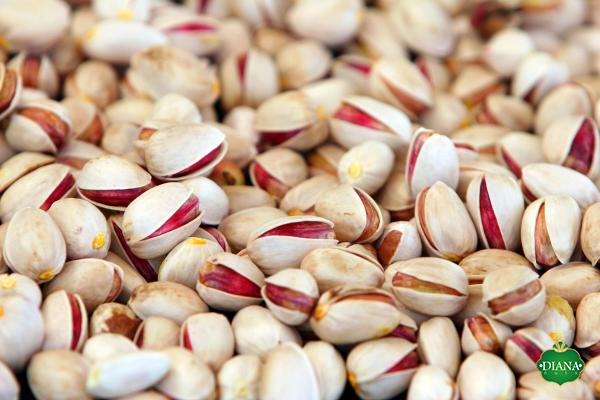 The Iranian government and associated organizations have implemented strict quality control procedures to ensure that pistachios meet international standards. Certifications such as ISO, HACCP, and Organic certification help to assure buyers of the quality, safety, and authenticity of Iranian pistachios, strengthening trust in the global market. 4. Pricing and Market Competitiveness: Iranian pistachios are known for their competitive pricing compared to other producing countries. This factor has contributed to the industry’s market competitiveness and has helped Iran maintain its position as the leading exporter of pistachios. The pricing strategy adopted by Iranian growers and exporters ensures that they remain attractive to buyers while still providing a fair return for their efforts and investments. 5. Marketing Strategies and Promotions: Effective marketing strategies are essential for maximizing the visibility and market share of Iranian pistachios. Recognizing the importance of branding, the Iranian government and private enterprises have embarked on various promotional campaigns to highlight the unique qualities and health benefits of Iranian pistachios. These initiatives include participation in international trade shows, organizing tastings and events, and utilizing digital marketing platforms to reach a wider audience. 6. Processing and Value-Added Products: The value-added aspects of the Iranian pistachio industry contribute significantly to its growth and market expansion. The processing sector undertakes various techniques, such as roasting, salting, and shell removal, to enhance the taste and appeal of pistachios. Additionally, pistachio-based products like pistachio paste, spreads, oils, and flour have gained popularity as consumers seek innovative ways to incorporate pistachios into their diets. 7. Sustainable Farming Practices: The Iranian pistachio industry recognizes the importance of adopting sustainable farming practices to protect the environment and ensure the long-term viability of the sector. Efforts have been made to reduce water usage through the utilization of modern irrigation techniques, such as drip irrigation, and the implementation of water-saving measures. Furthermore, sustainable pest control methods and soil management practices are employed to minimize the impact on the ecosystem. 8. Global Supply Chain and Logistics: The complex global supply chain of Iranian pistachios involves various stakeholders, including farmers, processors, exporters, and importers.
The Iranian government and associated organizations have implemented strict quality control procedures to ensure that pistachios meet international standards. Certifications such as ISO, HACCP, and Organic certification help to assure buyers of the quality, safety, and authenticity of Iranian pistachios, strengthening trust in the global market. 4. Pricing and Market Competitiveness: Iranian pistachios are known for their competitive pricing compared to other producing countries. This factor has contributed to the industry’s market competitiveness and has helped Iran maintain its position as the leading exporter of pistachios. The pricing strategy adopted by Iranian growers and exporters ensures that they remain attractive to buyers while still providing a fair return for their efforts and investments. 5. Marketing Strategies and Promotions: Effective marketing strategies are essential for maximizing the visibility and market share of Iranian pistachios. Recognizing the importance of branding, the Iranian government and private enterprises have embarked on various promotional campaigns to highlight the unique qualities and health benefits of Iranian pistachios. These initiatives include participation in international trade shows, organizing tastings and events, and utilizing digital marketing platforms to reach a wider audience. 6. Processing and Value-Added Products: The value-added aspects of the Iranian pistachio industry contribute significantly to its growth and market expansion. The processing sector undertakes various techniques, such as roasting, salting, and shell removal, to enhance the taste and appeal of pistachios. Additionally, pistachio-based products like pistachio paste, spreads, oils, and flour have gained popularity as consumers seek innovative ways to incorporate pistachios into their diets. 7. Sustainable Farming Practices: The Iranian pistachio industry recognizes the importance of adopting sustainable farming practices to protect the environment and ensure the long-term viability of the sector. Efforts have been made to reduce water usage through the utilization of modern irrigation techniques, such as drip irrigation, and the implementation of water-saving measures. Furthermore, sustainable pest control methods and soil management practices are employed to minimize the impact on the ecosystem. 8. Global Supply Chain and Logistics: The complex global supply chain of Iranian pistachios involves various stakeholders, including farmers, processors, exporters, and importers.
buy nut
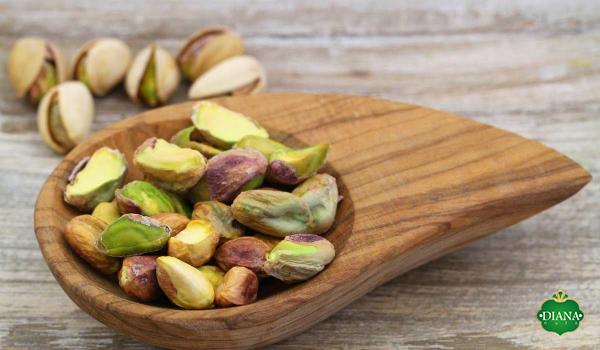 Ensuring the efficient and timely delivery of pistachios requires streamlined logistics. Iranian exporters work closely with transportation and logistics companies to optimize packaging, storage, and transportation methods, minimizing spoilage and ensuring that customers receive fresh and premium-quality pistachios. 9. Challenges and Opportunities: While the Iranian pistachio industry has enjoyed considerable success, it also faces certain challenges. Apart from the aforementioned sanctions, other hurdles include competition from other pistachio-producing countries, fluctuations in weather conditions, and the threat of pests and diseases. However, Iran’s commitment to quality, innovation, and sustainability provides opportunities for continued growth and market diversification. 10. Implications of COVID-19: The outbreak of the COVID-19 pandemic has impacted various industries worldwide, including the Iranian pistachio industry. Disruptions in global supply chains, reduced consumer purchasing power, and travel restrictions have affected the export and sales of Iranian pistachios. Nevertheless, the industry has adapted by exploring alternative distribution channels, strengthening online presence, and addressing new consumer demands such as healthy snacking options. Conclusion: Iranian pistachios are widely regarded as one of the finest nuts in the world, offering exceptional quality and myriad health benefits. As the leading producer and exporter, Iran’s pistachio industry continues to flourish despite challenges posed by sanctions and market competition. By focusing on quality control, marketing strategies, sustainability, and value-added products, Iran has solidified its position in the global market. As demand for healthy and natural food products increases, Iranian pistachios are poised to remain a sought-after delicacy, enriching both culinary experiences and the world economy.
Ensuring the efficient and timely delivery of pistachios requires streamlined logistics. Iranian exporters work closely with transportation and logistics companies to optimize packaging, storage, and transportation methods, minimizing spoilage and ensuring that customers receive fresh and premium-quality pistachios. 9. Challenges and Opportunities: While the Iranian pistachio industry has enjoyed considerable success, it also faces certain challenges. Apart from the aforementioned sanctions, other hurdles include competition from other pistachio-producing countries, fluctuations in weather conditions, and the threat of pests and diseases. However, Iran’s commitment to quality, innovation, and sustainability provides opportunities for continued growth and market diversification. 10. Implications of COVID-19: The outbreak of the COVID-19 pandemic has impacted various industries worldwide, including the Iranian pistachio industry. Disruptions in global supply chains, reduced consumer purchasing power, and travel restrictions have affected the export and sales of Iranian pistachios. Nevertheless, the industry has adapted by exploring alternative distribution channels, strengthening online presence, and addressing new consumer demands such as healthy snacking options. Conclusion: Iranian pistachios are widely regarded as one of the finest nuts in the world, offering exceptional quality and myriad health benefits. As the leading producer and exporter, Iran’s pistachio industry continues to flourish despite challenges posed by sanctions and market competition. By focusing on quality control, marketing strategies, sustainability, and value-added products, Iran has solidified its position in the global market. As demand for healthy and natural food products increases, Iranian pistachios are poised to remain a sought-after delicacy, enriching both culinary experiences and the world economy.

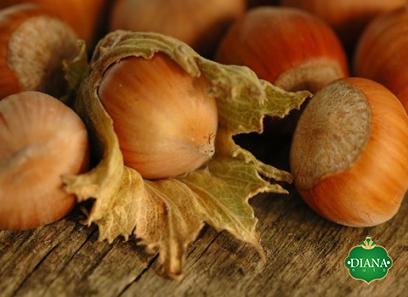
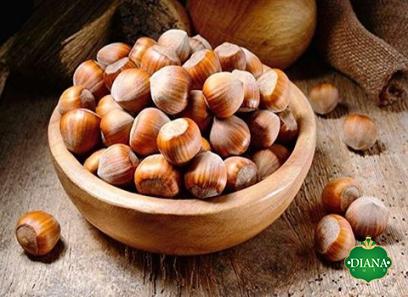

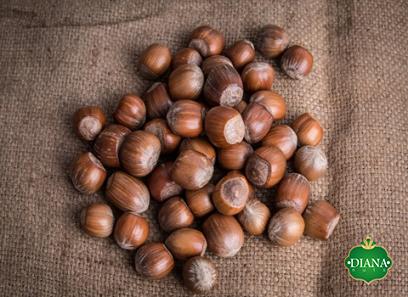

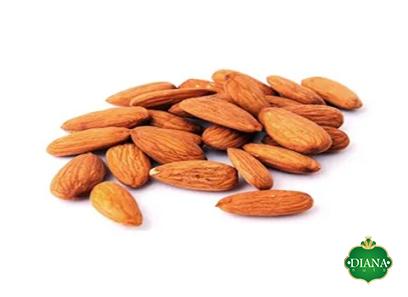
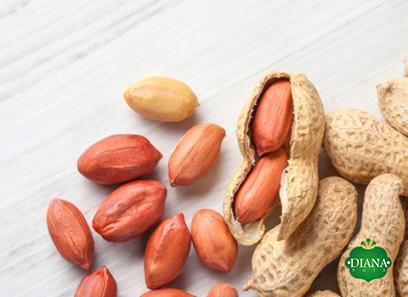
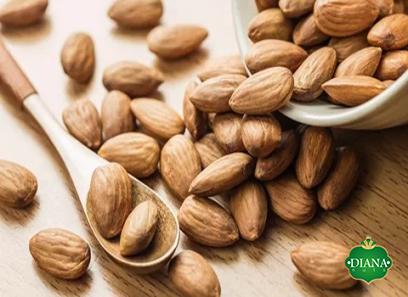
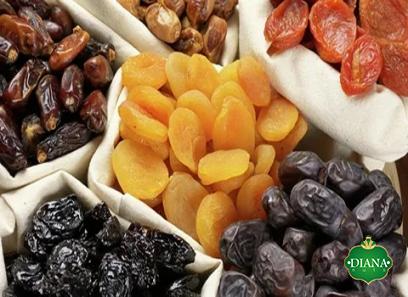
Your comment submitted.